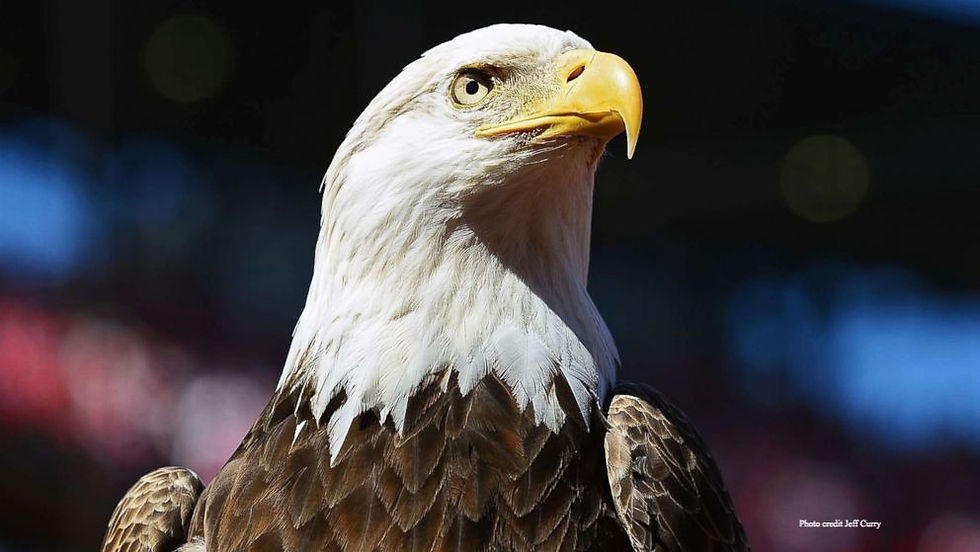CRITTER SPOTLIGHT: White-blotched Heterocampa/Heterocampa umbrata
- cynthiamorissette
- Jul 19, 2020
- 2 min read
Good Morning Watershed Explorers,
Nature is never too far away when you live at the Morissette house! We are out in nature so much, we are always finding something cool! This week's critter spotlight was inspired by a very special caterpillar friend that we found on our local bike path. We rescued it from a passing bike that was heading in its direction. We had no idea what kind of caterpillar it was at first, but after a bit of research, we identified it as the caterpillar of the white-blotched heterocampa moth. The most magnificent characteristic about this caterpillar is that it can change color. When we first picked it up it was the color shown below, kind of greenish/gray with orange markings. The same afternoon, about three hours later, it was dark gray with pink markings. AMAZING!! SPECIAL NOTE: We did take this caterpillar home. I know that I mention a lot in my blogs about proper care of wildlife and not taking animals from their natural environment. Since my family has raised caterpillars before and because we knew that this one ate oak leaves which we have a plethora of, I felt confident we could provide it with proper care. We found the caterpillar on Monday, July 13th, and by Friday, July 17th, it pupated (see picture below). Now we are waiting for it to transform into the moth (also pictured below). It was difficult to find information specific to the white-blotched heterocampa on how long it would take for it to transform from pupa to adult, but the span is 5-21 days. I will provide an update once the moth emerges from the cocoon!

Habitat:
The white-blotched heterocampa prefers woodland areas and inhabits most of the eastern United States.
Diet:
The caterpillars feed on oak leaves, but not enough to be considered a pest. The adult moth is nocturnal, unfortunately I could not find any information about what it eats, if anything at all!

Watershed Role:
This is a little tricky! As I note in every critter spotlight, all creatures play important roles in the watershed, and all should be protected. However, there is not a lot of information about the role that the white-blotched heterocampa plays. Some moths are pollinators as they feed on the nectar of certain flowers, but I couldn't confirm that the white-blotched heterocampa feeds on nectar. Caterpillars and moths are also food for a lot of other species, so they are an intricate part of the watershed food chain. At the same time, some caterpillars are considered pests because they destroy the leaves they feed on. In my humble opinion, and it is very humble, I feel that all creatures are important to our watersheds, even the pesky ones!
I encourage all of you to do some of your own research and if you come across any added information on this amazing creature, I would love to hear about it. Please email me at cmorissette@narrabay.com

I would also love to see some pictures of any of the cool critters that you might be finding on your explorations as well. Have a great Sunday Watershed Explorers and keep cool!
Happy Exploring!
Much love,
Mrs. Morissette






Comments